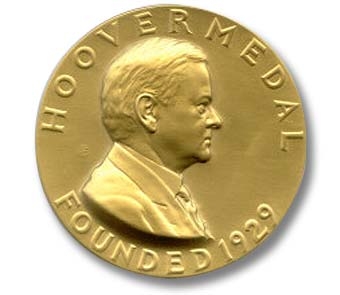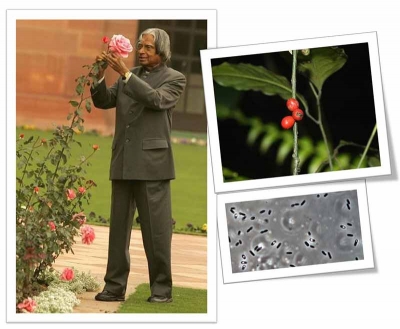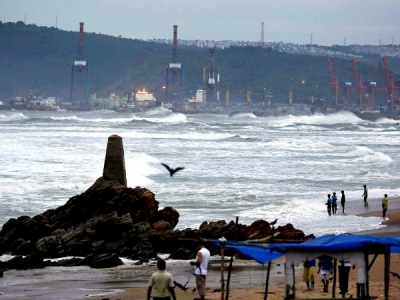
With a comical plot, ludicrous scenarios, and eccentric characters. Wodehouse scripted a world around the social atmosphere of the late Edwardian era, poking fun at the English upper class Let’s take a look at the writer whose birth anniversary falls this month.
It is like an escape into a land of comedy. Nothing wrong could happen to you here. English writer P.G. Wodehouse’s literary world is all about entertainment. Pick any of his books and you are assured of a good laugh riot.
It is easy to get lost in the whimsical world of the upper-class English, and delight in the often absurd and funny scenarios that take on a wacky, idiosyncratic turn as the plot progresses. His is a comic tradition that continues to remain unsurpassed, taking you on a humorous journey.
One of the greatest 20th-century writers of humour, Wodehouse created a new realm of comedy through his books. With a highly evolving, comical plot, ludicrous scenarios, and eccentric characters, Wodehouse scripted a world around the social atmosphere of the late Edwardian era, poking fun at the English upper class.
Early years
Sir Pelham Grenville Wodehouse was born on October 15, 1881 in Guildford, Surrey, England. Educated in Dulwich College,
London, Wodehouse took up a bank job. His career started at the Hong Kong and Shanghai Bank.
But he soon quit it and turned his attention to writing. He became a freelance journalist and short story writer. He later became a humour columnist at the London Globe (1902). He also wrote for many other publications. In the same year, he published his first novel “The Pothunters.”
When Wodehouse was made a prisoner
During the war, in 1940, he was captured in France by German forces. He was in a German internment camp for a year where he kept writing.
Whilst being a prisoner, he agreed to be part of a series of talks on German radio. Little did he know that he was playing right into the Nazi propaganda machine.
The broadcasts were a humorous take on his experiences as a prisoner in which he also made fun of his captors. But these broadcasts didn’t go down well with the politicians and journalists in Britain.
There were accusations of treason. Later, he went back to America and continued his writing journey. He never returned to his homeland. He received a knighthood in 1975,
The comical riot
It all started with Something Fresh (1915), his comic debut. There he introduced the Emsworth family. It is the first instalment of the Blandings Castle series. The eccentric Lord Emsworth and his prize-winning pig the Empress of Blandings, along with a legion of relatives and impostors take you on a comical riot in the Blandings Castle series.
Among the other characters he created, the most loved are the duo Bertie Wooster and Jeeves. They first made their debut in the story Extricating Young Gussie (1915). Jeeves, the inimitable “gentleman’s gentleman” of the young bachelor Bertie, is perhaps the valet everyone would love to have at home. He saves the day always and gets Bertie out of every bizarre situation he puts himself in.
Musical journey
It was not just fiction Wodehouse was a master at. He wrote scripts and song lyrics for composers. A novelist, short-story writer, lyricist, and playwright. Wodehouse donned many caps. He wrote more than 90 books, over 20 film scripts and also collaborated on plays and musical comedies. He is often regarded as one of the pioneers of the American musical.
‘Sunset at Blandings’ was his last and unfinished novel. Wodehouse died at the age of 93 on February 14, 1975, in Southampton, N.Y.
Wodehouse loved dogs
In Pekes, hounds and mutts I have known, an article he wrote as an introduction to ‘Son of Bitch’, a book of photographs by Elliott Erwitt, Wodehouse talks about the many dogs he has had the company of. The first dog he had, Sammy, a French bulldog, was given to him by his colleague. The article ends with his musings about dogs and humour. Here is a peek into how entertaining Wodehouse can be: ‘My own opinion is that some have and some don’t. Dachshunds have, but not St Bernards and Great Danes. Apparently a dog has to be small to be fond of a joke. You never find an Irish wolfhound trying to be a stand-up comic.’
Picture Credit : Google





